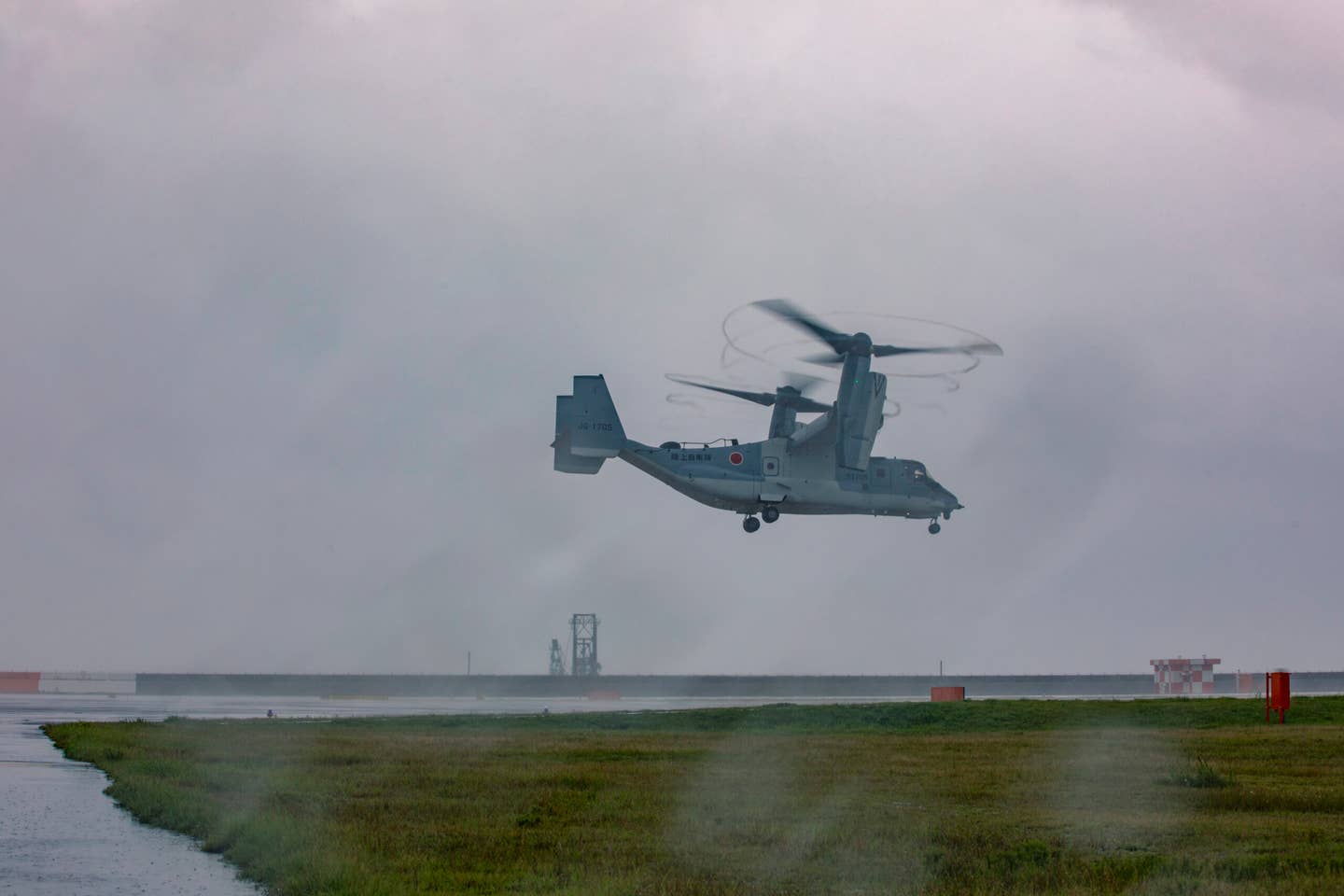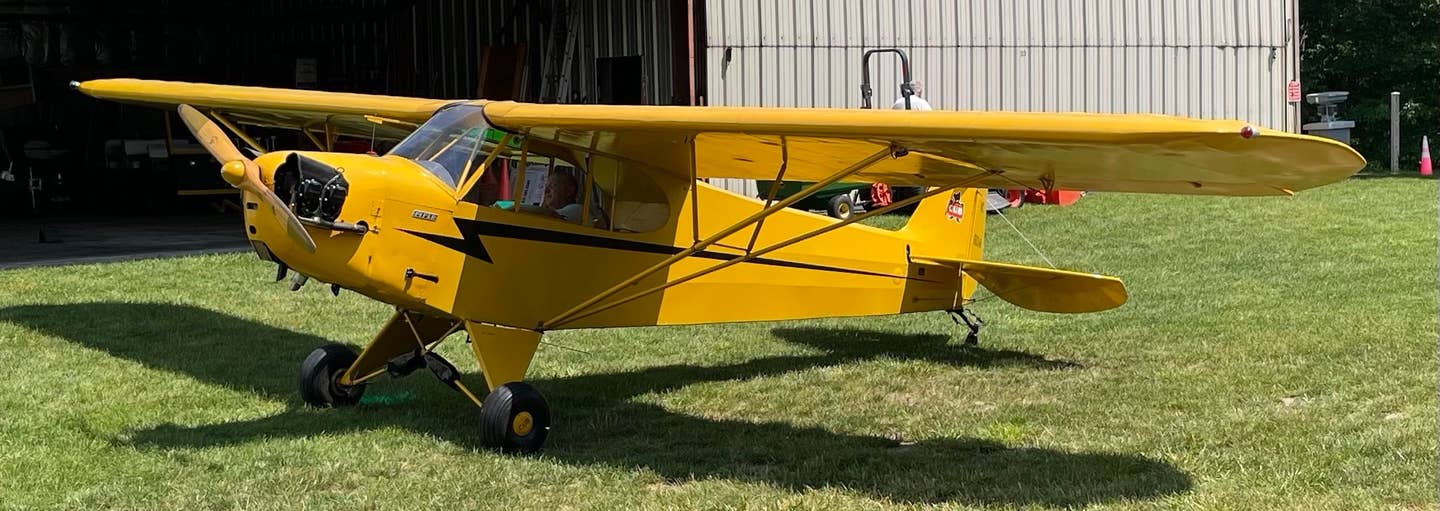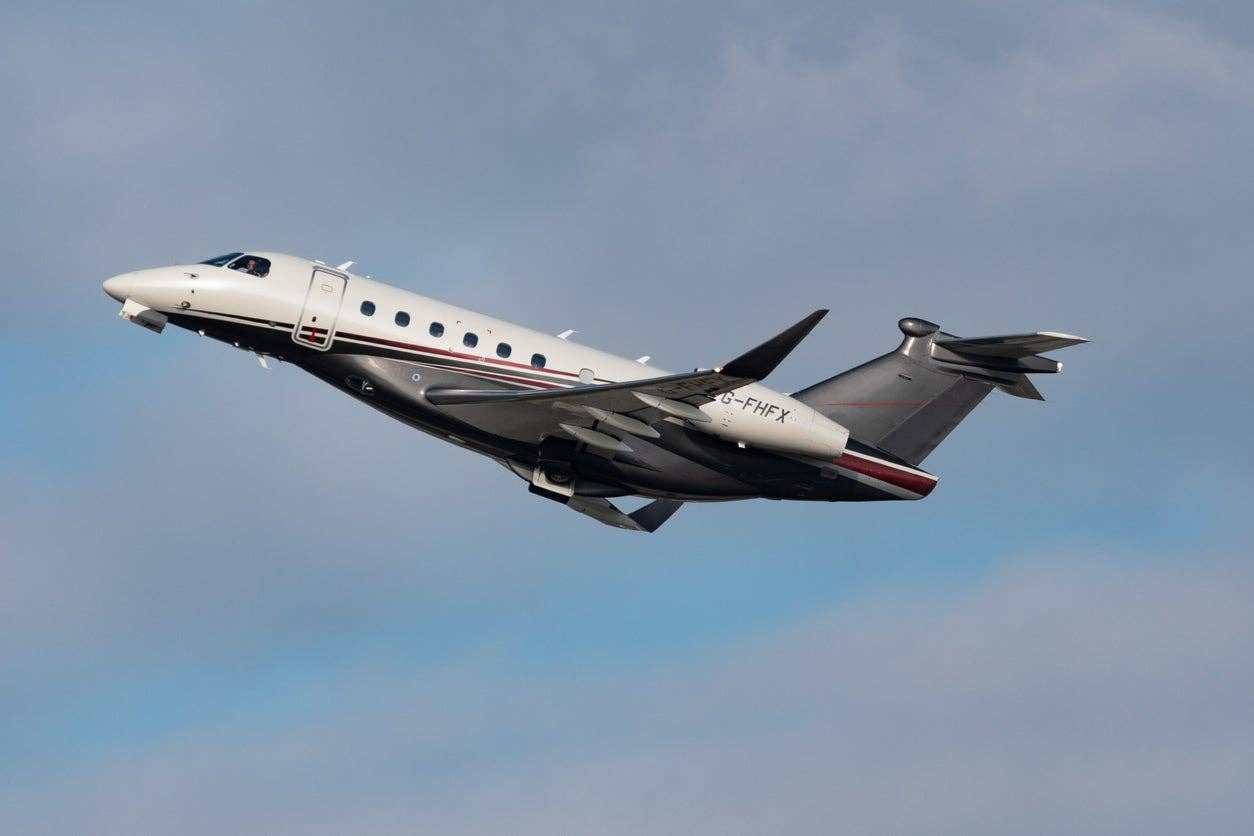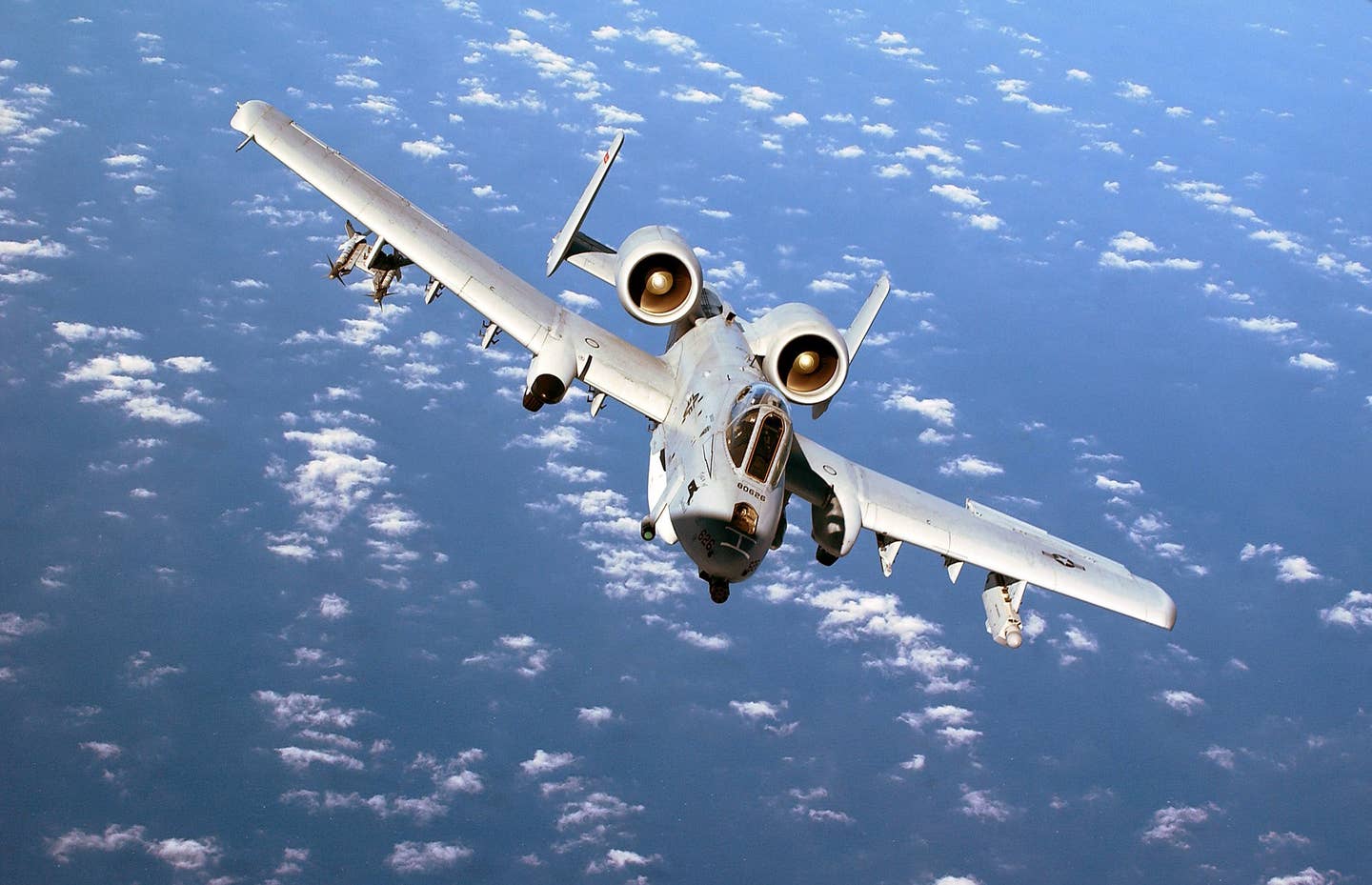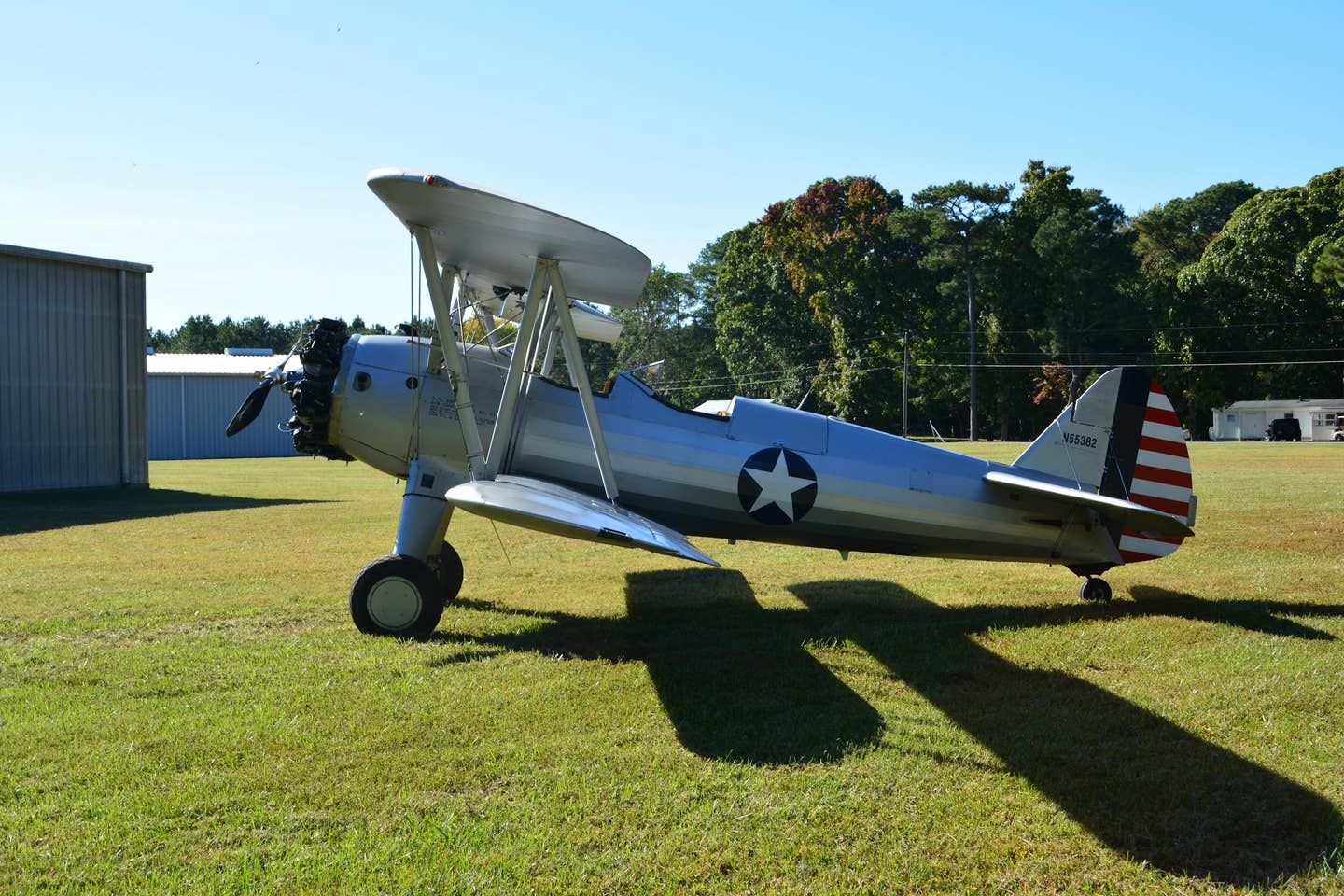
Paradise P-1SP Bonnie Kratz / EAA
Each month, Flying answers questions about the new Sport Pilot/Light Sport Aircraft rule with assistance from the Experimental Aircraft Association (EAA), the authority on the opportunities available within the category commonly known as "Sport Pilot":
Q: I need to get an emergency locator transmitter (ELT) for my experimental light-sport aircraft (E-LSA). Do I need to purchase the 406 MHz ELT, or can I still use the far less expensive 121.5/243 MHz type?
A: At this time, there is no FAR requirement to use a 406 MHz ELT for flights in the United States. However, the 121.5/243 MHz ELT signal is no longer monitored by the satellite system - it is monitored only by ground-based stations and any overflying aircraft monitoring that frequency, so response time after an activation will be longer than for an aircraft equipped with a 406 MHz ELT.
Q: I've heard there have been changes in the duration of the Sport Pilot student certificate. It was two years. What is it now?
A: The student pilot certificate for the purpose of Sport Pilot training may now be issued for 60 months' (five years') duration, regardless of the student's age. Anyone holding a student pilot certificate for the purpose of Sport Pilot training may also extend that certificate to 60 months from the date of issuance. The existing student certificate does not have to be revised, but the student and flight instructor need to keep track of the revised expiration date.
Q: Why were the Light Sport Aircraft (LSA) criteria of maximum gross weight of 1,320 pounds and maximum speed of 138 mph chosen? Is there something special about those numbers?
A: While there is nothing inherently "special" about the numbers other than the fact that they are the ones chosen by the FAA to define LSA, these numbers do force an LSA to have certain design and flight characteristics that the FAA considered desirable for operation by a sport pilot.
In early drafts of the rule, prior to final approval, both the gross weight and maximum full power level-flight speed numbers were considerably lower than what was finally published. As a result the higher numbers that currently define a light-sport aircraft allow a much wider range of aircraft to qualify.
The FAA determined all of the criteria that define LSA as published in FAR 1.1 during a normal rule-making process that included years of consideration, proposal, modification and public comment.
For more information on Sport Pilot, visit EAA's sportpilot.org. EAA, which also hosts the annual EAA AirVenture fly-in at Oshkosh, Wisconsin, provides in-depth information on the website, as well as a sport pilot hotline and complete membership services for all aviation enthusiasts. Call 800-564-6322 for membership information. Visit oshkosh365.org for discussion boards on this and other aviation topics.

Sign-up for newsletters & special offers!
Get the latest FLYING stories & special offers delivered directly to your inbox

